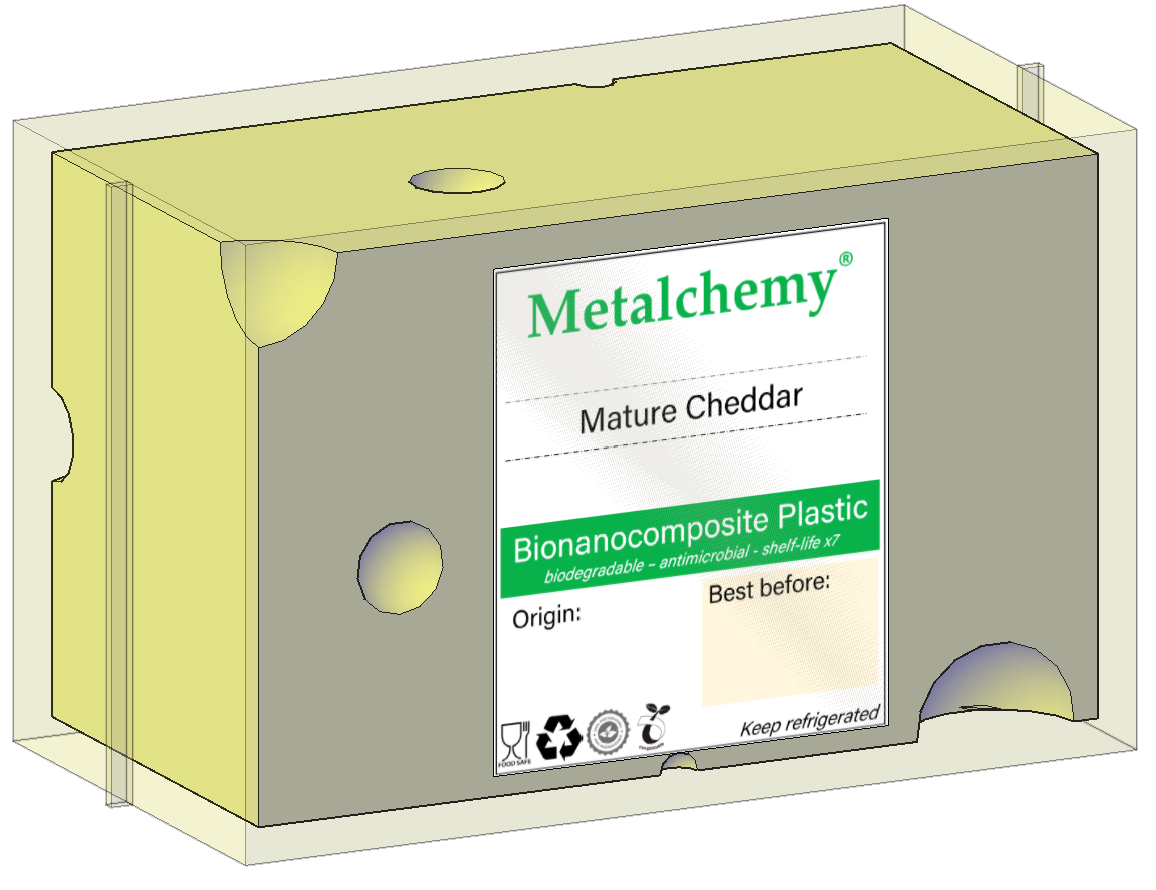
Revolutionising Nanotechnology
Incredible innovation, designed to tackle humanity’s biggest challenges.
The Scourge of Synthetic Plastics and Food Waste:
Synthetic plastics stick around for thousands of years, wreaking havoc on future generations.
Synthetic plastics are used for food packaging; however, they are non-renewable, non-biodegradable and are unable to keep food fresh for long.
With over 1.3 billion tonnes of food being wasted every year , the Earth is suffering from around 4.4 billion tons of CO2e, accounting for up to 10% of global GHG emissions.
On Average, UK Households waste £700 per year on food waste…
According to FareShare, even though only £13.8 billion is wasted each year on food waste in the UK alone, there are over 8.4 million people who are struggling to afford to eat – this is equivalent to the entire population of London.
Yet, even shockingly, over 2 million tonnes of food, which is equivalent to 1.3 billion meals, go to waste each year which are still edible.
Now, imagine food packaging which is biodegradable and doubles food shelf life.



We developed food packaging using bioplastics which are completely biodegradable, biocompatible, and made from natural ingredients.
Connecting us Closer.
The future of tech is flexible, wearable, and versatile. To combat climate change, we also need to make this tech more efficient. We are developing conductive inks to enable this by letting us print electricity-conducting ink onto virtually any surface in any shape.
Global Food Security.
Synthetic plastics stick around for thousands of years, wreaking havoc on future generations. To solve this problem, we are developing bioplastics that are completely bio-degradable and bio-compatible and made from natural ingredients — and we took it a step further. By embedding our nanomaterials in these bio-plastics, we are developing antimicrobial properties, potentially killing harmful bacteria, fungi, and viruses and increasing food security.
Widening Water Access.
There is an enormous unmet need for treatments to control the microbial contamination of water. We are developing water purification methods that allows rapid purification of water by increasing evaporation rates and kill off harmful microbes, which allows clean water to be delivered to millions.
Preventing Tragedy.
Detecting harmful contaminants like acids, heavy metals, bacteria, and pesticides is key for monitoring water quality and ensuring safe drinking water. We are developing optical biosensors which use cutting-edge technology designed to monitor water supplies for toxic compounds. Their small size, durability, affordability to detect trace amounts of toxins in complex samples have the potential of saving millions of lives.





